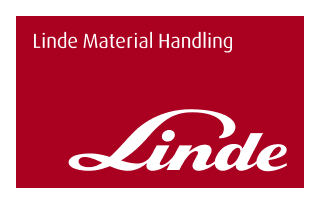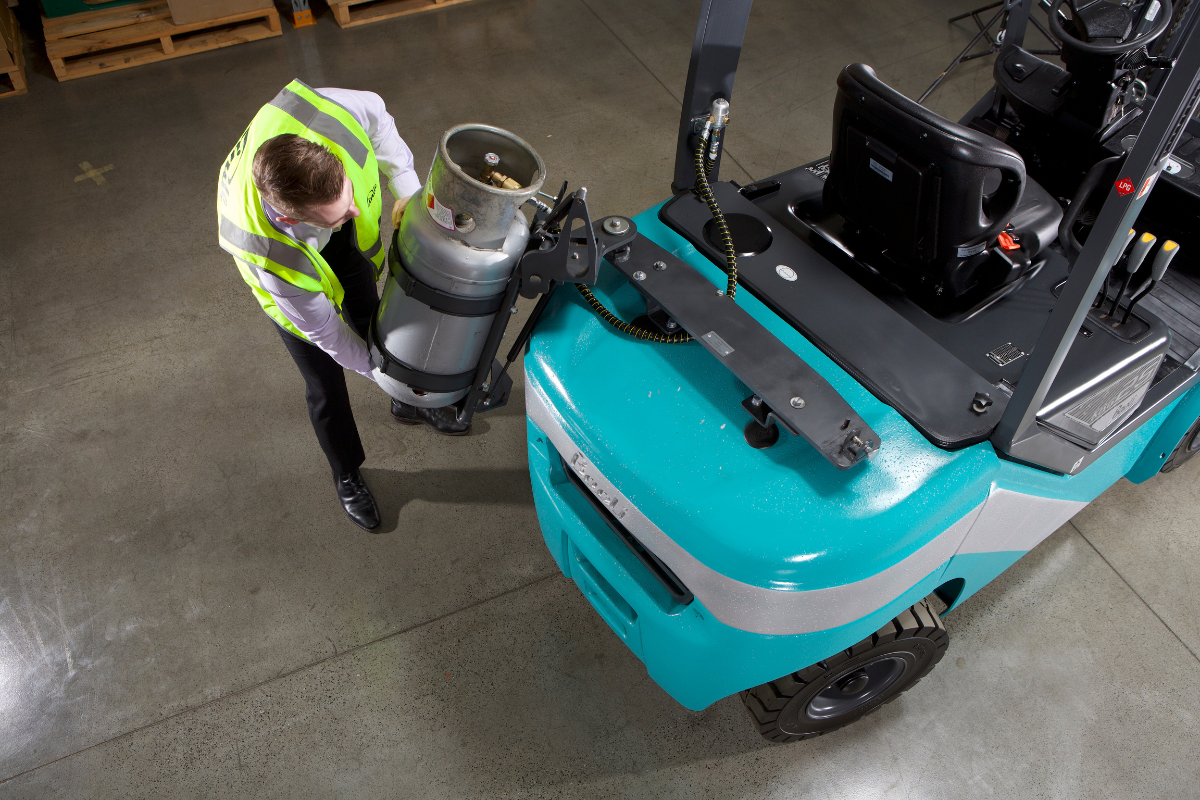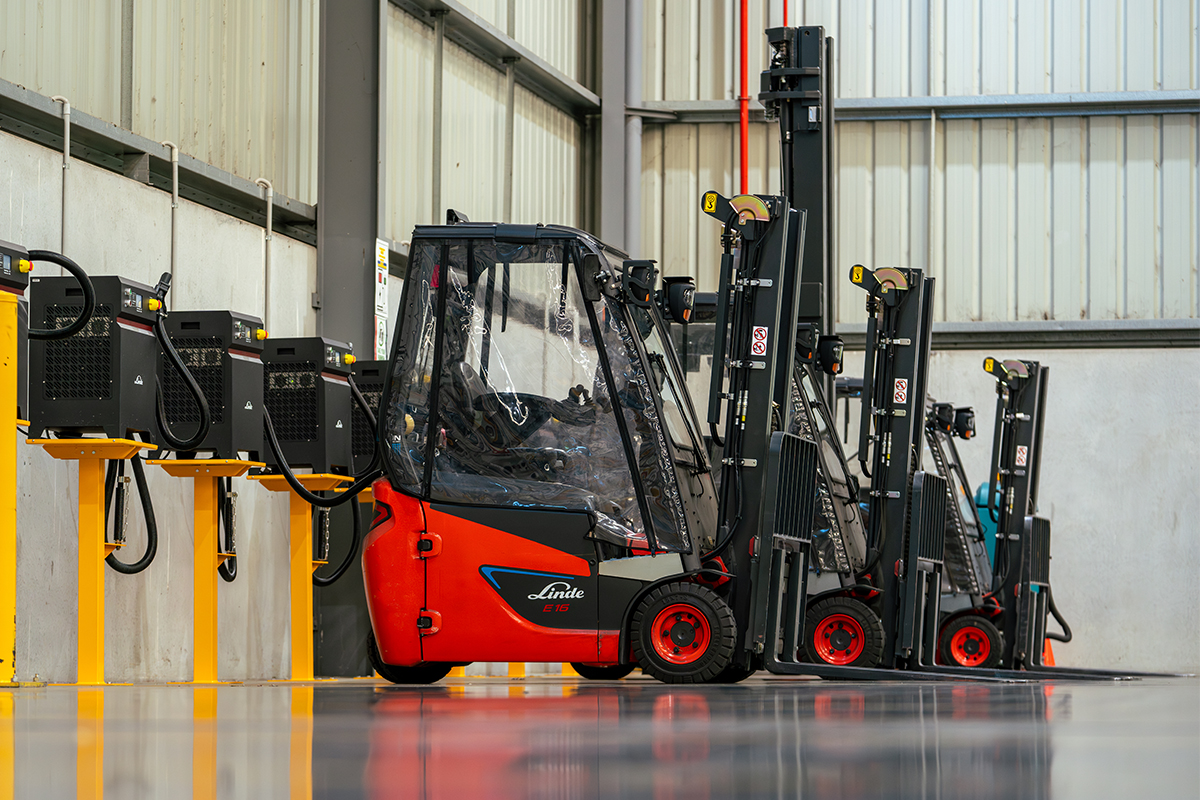- Blog
- General


For fleet operators dedicated to safety, one aspect of forklift operation demands close attention: refuelling or battery recharging, depending on how the forklifts are powered. Mishandling these processes can be dangerous, and they are therefore governed by several standards and WHS mandates.
Regardless of the fuel type, there are some basic requirements under Australian Standard AS 2359:2. These relate to designating a specific refuelling area and ensuring that it is isolated from ignition sources, open flames, and even smokers. The standard also mandates staff involved in refuelling wear appropriate PPE and have appropriate training.
Not surprisingly, the requirements also include ensuring the forklift is switched off, the keys are removed, and the park mechanism is engaged during refuelling.

Internal combustion forklifts are fuelled by either liquids (petrol, diesel) or gas (usually LPG), and there are specific requirements for each.
For liquid fuels, forklifts must only be refuelled in “suitable locations”, and “the engine shall not be restarted until the fuel filling equipment has been removed, the filler cap has been replaced on the tank, and any spillage of oil or fuel has been cleaned up or has completely evaporated”.
AS/NZS 1596 specifies storage requirements of LPG cylinders and stipulates that cylinders should be filled or exchanged at locations designated for that purpose by trained and authorised personnel.
AS 2359:2 also specifies “safe manual handling practices” for swapping gas cylinders. Depending on the size, a full forklift exchange cylinder can weigh between 25 and 35 kg. Correct manual handling techniques consisting of either a two-person lift or mechanical lift are recommended.
Forklift cylinders not in use must be stored in well-ventilated LPG bottle storage areas, typically outdoors in a designated storage cage. These cages should be positioned at applicable distances from other structures and kept away from any flame, heat, ignition sources, or direct sunlight.

Understandably, there are dedicated standards and specifications for electric-powered forklifts, as well as detailed requirements for battery replacement and recharging, and for specific battery chemistries. With conventional lead-acid batteries, it is recommended to initiate full charging cycles to preserve battery life, a process that can take up to eight hours.
In intensive applications, the recharging process may involve removing the depleted battery for off-vehicle charging. Given the weight of these batteries, mechanical assistance such as hoists or forklifts is often required for handling.
Only trained and authorised personnel are permitted to change or charge batteries, and all charging must be carried out in accordance with the battery manufacturer's or supplier's instructions.
Not all batteries need to be charged for long periods or swapped out. The latest generation of forklift batteries, lithium-ion, is among those which require different handling.
Experts like Greg Wood, Technical Solutions Manager at Linde Material Handling Australia, explain that “with lithium-ion batteries, the situation is completely different. Even an extremely short interim charge of just a few minutes is not only allowed but even preferred.”
The key difference between lithium-ion and traditional batteries is their suitability for opportunity or intermediate charging over the full discharge cycle. Wood explains that fast charging allows forklifts to be charged during short breaks without negatively affecting battery life or performance.
“Charging lithium-ion batteries also means there is no longer any need for complex charging infrastructure with a separate battery room and gas suction device. Unlike lead-acid batteries, lithium-ion batteries do not produce hazardous gases while charging. The charger for the lithium-ion batteries can be flexibly set up at sensible waypoints. For example, a short recharge can take place close to break areas, or in the immediate vicinity of the application area to save driving time,” he adds.
Nonetheless, all charging must be done safely and in compliance with manufacturers’ requirements.

Refuelling and battery charging are integral to forklift operations but come with inherent risks. Comprehensive training is crucial for ensuring these processes are carried out safely. Users, operators, and maintenance staff must understand the technical aspects of the processes as well as the emergency procedures to deal with unexpected challenges.
As with all aspects of forklift operation, a proactive approach not only safeguards employees but also enhances operational efficiency and protects the forklifts and workplace infrastructure.
Keep up to date with the latest in material handling safety and innovation by visiting our Content Hub and subscribing to our quarterly newsletter. And for the latest news and updates on all things Linde, follow us on LinkedIn.
VISIT CONTENT HUB